The list of songs recorded by Michael Jackson showcases the enduring legacy of an artist often hailed as the ‘King of Pop.’ He remains one of the most iconic figures in the history of music, with an influence that spans multiple generations. Jackson shaped the landscape of modern pop music with his innovative sound, extraordinary dance moves, and a distinctive voice that captivated audiences worldwide. His career achievements extend beyond record-breaking sales, encompassing profound impacts on music production, choreography, and music video production.
Michael began his musical journey at a tender age with the Jackson 5, a group formed with his brothers under the Motown label. They quickly rose to stardom with hits like “I Want You Back” and “ABC,” setting the stage for what would be a legendary solo career. Michael’s solo endeavors began in the early 1970s, during which he released four acclaimed albums with Motown before moving to Epic Records. This shift marked a pivotal moment in his career, giving him the creative freedom that would lead to groundbreaking works.
Perhaps the most significant of his achievements came in the late 1970s and early 1980s with the release of “Off the Wall” and “Thriller.” These albums not only showcased Jackson’s exceptional talent but also revolutionized pop music, with “Thriller” becoming the best-selling album of all time. The album’s success was driven by a combination of chart-topping singles, groundbreaking music videos, and Michael’s unparalleled performances.
Throughout his career, Michael collaborated with a slew of other musical legends, including Paul McCartney, Freddie Mercury, and Stevie Wonder, further cementing his place in music history. These collaborations, along with his solo projects, not only garnered numerous awards, including multiple Grammys but also solidified his reputation as a pioneer in the music industry, whose influence continues to be felt long after his passing.
| Category | Details |
|---|---|
| Title | King of Pop |
| Influence | Spanned multiple generations, shaped modern pop music |
| Early Career | Began with Jackson 5 under Motown; hits like “I Want You Back” and “ABC” |
| Solo Career Beginnings | Started in early 1970s with four albums on Motown |
| Major Achievements | Albums “Off the Wall” and “Thriller”; “Thriller” is the best-selling album of all time |
| Collaborations | Worked with Paul McCartney, Freddie Mercury, Stevie Wonder |
| Awards | Multiple Grammys among other accolades |
| Legacy | Profound impact on music production, choreography, and music video production |
Contents
Early Years and Jackson 5 Era
Michael Jackson’s journey into the musical world began in Gary, Indiana, where he was born on August 29, 1958, as the eighth child of the Jackson family. By the age of five, Michael was already performing alongside his brothers in a group that would soon become known as the Jackson 5. Managed rigorously by their father, Joseph Jackson, the group honed their talents through grueling rehearsal schedules and local gigs, which set the foundation for their later success.
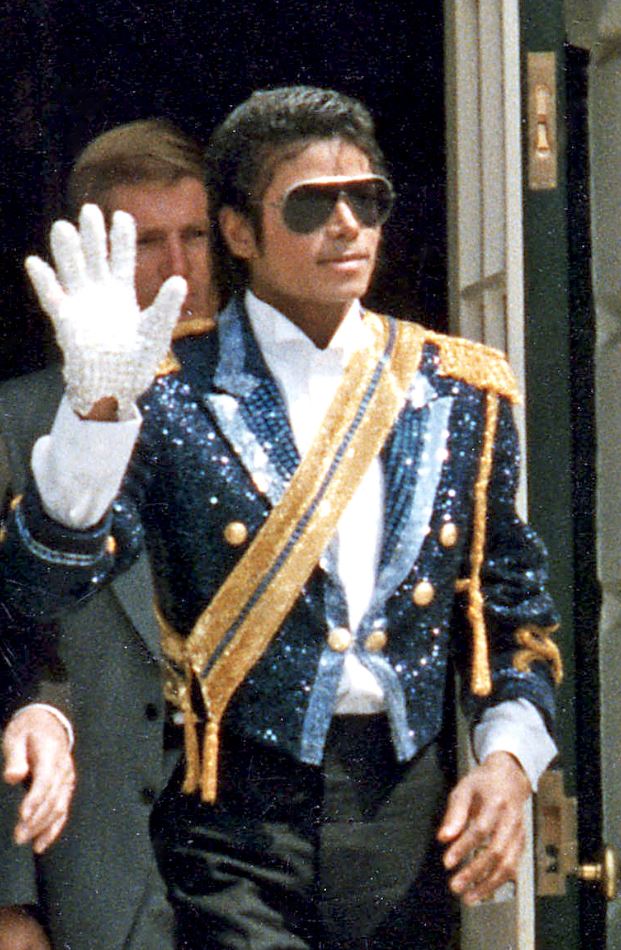
The Jackson 5’s big break came after being signed to Motown Records in 1969. They quickly became a sensation with their debut single, “I Want You Back,” topping the Billboard Hot 100 chart. This success was swiftly followed by a string of hits including “ABC,” “The Love You Save,” and “I’ll Be There,” each charting as number one hits. These early singles not only showcased the young Michael’s impressive vocal range and charismatic stage presence but also helped redefine contemporary music, blending soul with mainstream pop.
The group’s success under Motown was phenomenal, but by the mid-1970s, the Jackson 5, now wanting more artistic freedom and better royalties, made a bold move to Epic Records. This transition marked a significant change in their music style, from the soulful, poppy sounds of Motown to a more sophisticated and versatile sound under the new label. It was during this period that the group, renamed The Jacksons, began to integrate funk and disco into their music, reflecting broader changes in the music industry.
| Timeline | Event | Impact |
|---|---|---|
| 1958 | Birth in Gary, Indiana | Michael Jackson is born as the eighth child of the Jackson family. |
| Early 1960s | Formation of Jackson 5 | Michael starts performing with his brothers at age five. |
| 1969 | Signed to Motown Records | Jackson 5 releases “I Want You Back,” topping the Billboard Hot 100. |
| Early 1970s | Success with Motown | Release of hits like “ABC,” “The Love You Save,” and “I’ll Be There.” |
| Mid-1970s | Move to Epic Records | Transition to a more sophisticated sound and integration of funk and disco. |
Solo Career Beginnings
Parallel to his achievements with the Jackson 5, Michael began his solo career while still at Motown, releasing four solo studio albums between 1972 and 1975. His solo debut album, “Got to Be There,” released in 1972, made an immediate impact with its title track and a cover of Bobby Day’s “Rockin’ Robin,” each climbing high on the music charts. The follow-up album, “Ben,” featured the eponymous ballad about a young boy’s friendship with a rat, which became Michael’s first solo number one hit and solidified his place as a standalone star.
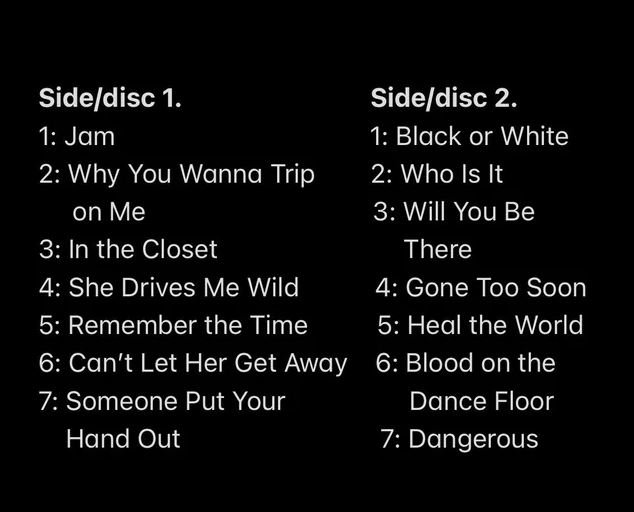
These early albums showcased not only Michael’s vocal maturity and musical versatility but also his ability to emotionally connect with audiences across various demographics. Tracks from these albums, such as “Got to Be There” and “Ben,” highlighted his unique blend of pure vocal talent with a profound sensitivity, traits that would become his signature in his later works.
During this era, Michael also began to collaborate with other artists, which expanded his influence within the music industry. These collaborations included singing background vocals for artists like Stevie Wonder and working with music legends such as Diana Ross. This period was crucial for Michael as it allowed him to develop his musical identity and experiment with different musical styles outside the bubblegum pop domain that Motown had predominantly designated for the Jackson 5.
Michael’s early solo career, though often overshadowed by his later groundbreaking successes, was instrumental in his development as an artist. It set the stage for his evolution from a child star into a global phenomenon. These formative years were filled with critical learning and experimentation, paving the way for his unprecedented impact on the world stage in the decades to follow.
| Period | Album/Activity | Key Achievements | Collaborations |
|---|---|---|---|
| 1972-1975 | Solo Studio Albums at Motown | Released four solo albums, including hits like “Got to Be There” and “Ben,” the latter becoming his first solo number one hit. | Sang background for Stevie Wonder, worked with Diana Ross. |
| 1972 | “Got to Be There” Album | Title track and “Rockin’ Robin” made significant chart impacts. | — |
| 1972 | “Ben” Album | The ballad “Ben” showcased his vocal maturity and became a number one hit. | — |
| Early 1970s | Various Collaborations | Expanded his musical influence and experimented with different styles. | Collaborated with iconic artists like Stevie Wonder and Diana Ross. |
Rise to Stardom: “Off the Wall” and “Thriller”
The late 1970s and early 1980s marked a significant turning point in Michael Jackson’s career, particularly with the release of “Off the Wall” in 1979. Produced by Quincy Jones, this album represented a creative breakthrough for Michael, blending pop, soul, funk, and disco elements. “Off the Wall” was critically acclaimed and yielded four top 10 hits in the United States, including the vibrant “Don’t Stop ‘Til You Get Enough” and the smooth “Rock with You,” both of which showcased Michael’s mature vocal style and his ability to connect with a broader audience. The album not only solidified his place as a leading figure in popular music but also set the stage for his unparalleled success with his next album.
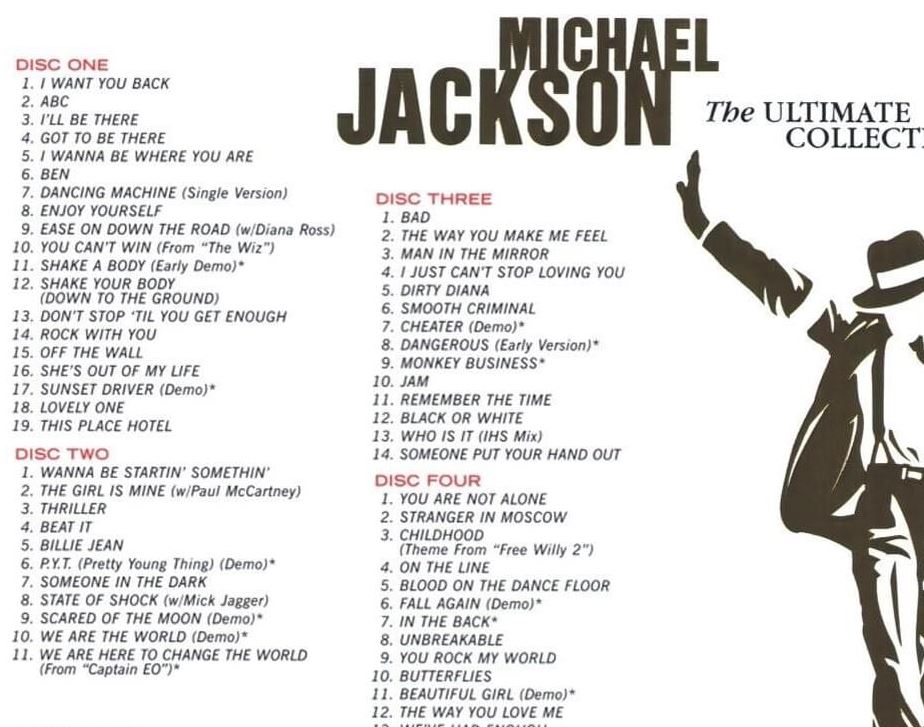
“Thriller,” released in 1982, catapulted Michael to unprecedented stardom. It became the best-selling album of all time, a record it still holds today, with estimated sales exceeding 66 million copies worldwide. “Thriller” produced seven top 10 singles, including iconic tracks like “Billie Jean,” “Beat It,” and the album’s namesake “Thriller.” These songs were accompanied by revolutionary music videos that transformed the music video medium into an art form and a marketing tool. “Billie Jean” and “Beat It” featured complex dance sequences and narratives that resonated deeply with audiences, while the “Thriller” video, a 14-minute horror film, became a global pop culture phenomenon.
| Year | Album | Key Achievements | Notable Singles | Contributions to Music Videos |
|---|---|---|---|---|
| 1979 | “Off the Wall” | Blended pop, soul, funk, and disco; critically acclaimed with four top 10 hits in the US. | “Don’t Stop ‘Til You Get Enough”, “Rock with You” | — |
| 1982 | “Thriller” | Best-selling album of all time with over 66 million copies sold; seven top 10 singles. | “Billie Jean”, “Beat It”, “Thriller” | Revolutionized music videos; “Billie Jean” and “Beat It” featured complex dance sequences, while “Thriller” became a global phenomenon as a 14-minute horror film. |
Continued Success: “Bad”, “Dangerous”, and Later Albums
Following the monumental success of “Thriller,” Michael released “Bad” in 1987. This album was the first in history to produce five Billboard Hot 100 number-one singles, including “I Just Can’t Stop Loving You,” “Bad,” “The Way You Make Me Feel,” “Man in the Mirror,” and “Dirty Diana.” “Bad” continued to push the boundaries of pop music, with its blend of rock, pop, and soul, and highlighted Michael’s evolving artistic ambition and his mastery in crafting compelling, commercially successful music.
In 1991, Michael released “Dangerous,” an album that fused pop, rock, R&B, and a new jack swing, a genre that mixed R&B with hip-hop influences. Songs like “Black or White” and “Remember the Time” were complemented by groundbreaking music videos that further demonstrated Michael’s artistic vision and his keen sense of how to use visual media to enhance his music. “Dangerous” sold over 32 million copies worldwide, cementing Michael’s influence in the 90s pop culture.
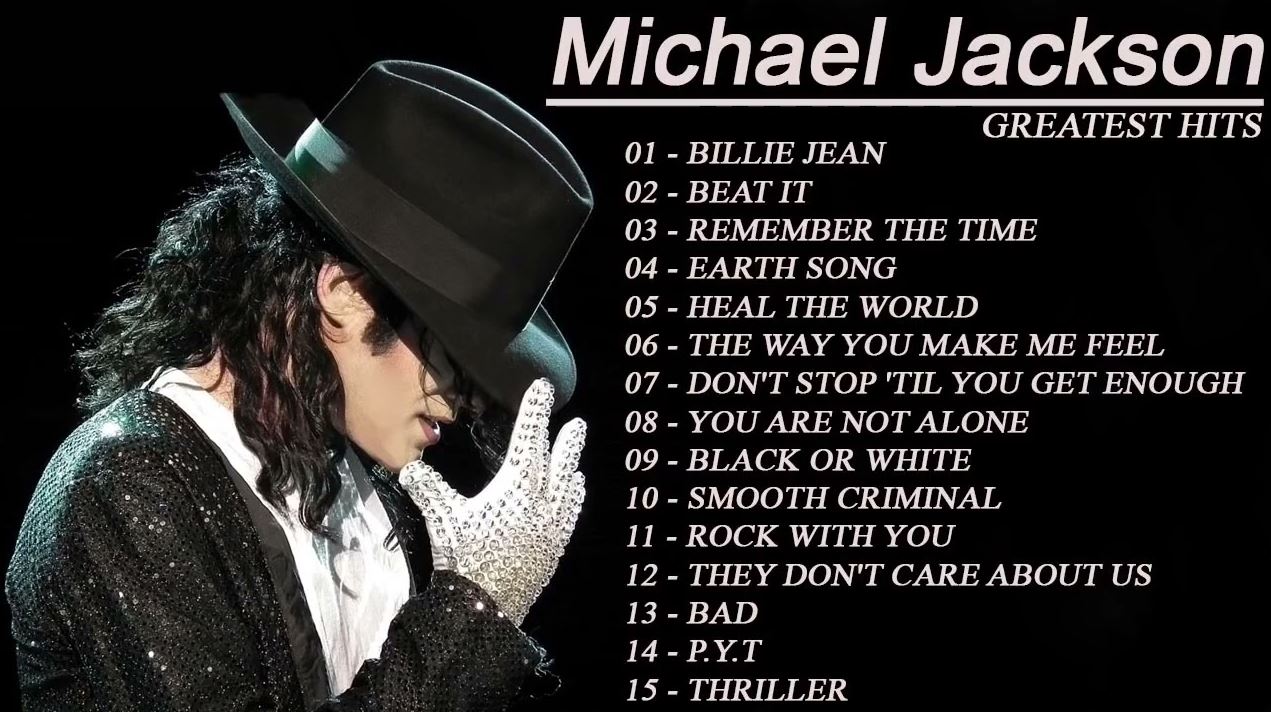
Later works, including “HIStory: Past, Present and Future, Book I” (1995) and “Invincible” (2001), though not as commercially successful as his previous albums, were still critically acclaimed. “HIStory” was a double-disc album with one disc of greatest hits and another of new material, featuring tracks like “Scream,” a duet with his sister Janet Jackson, and “You Are Not Alone,” which became the first single in history to debut at number one on the Billboard Hot 100 chart. “Invincible,” despite receiving mixed reviews, included hits like “You Rock My World” and showcased Michael’s continued ability to adapt to changing musical landscapes.
Michael Jackson’s later albums may not have reached the commercial heights of “Thriller” or “Bad,” but they demonstrated his enduring talent and influence. His career spanned decades and his legacy is a testament to his profound impact on the world of music, blending innovative sounds, spectacular visuals, and a knack for constant reinvention that kept him at the forefront of the music industry until his untimely death in 2009.
| Year | Album | Key Achievements | Notable Singles | Contributions to Music Videos |
|---|---|---|---|---|
| 1987 | “Bad” | First album to produce five Billboard Hot 100 number-one singles. | “I Just Can’t Stop Loving You”, “Bad”, “The Way You Make Me Feel”, “Man in the Mirror”, “Dirty Diana” | — |
| 1991 | “Dangerous” | Sold over 32 million copies worldwide; fused pop, rock, R&B, and new jack swing. | “Black or White”, “Remember the Time” | Groundbreaking videos for “Black or White” and “Remember the Time” that pushed artistic boundaries. |
| 1995 | “HIStory” | Double-disc album with one disc of greatest hits and another of new material; critically acclaimed. | “Scream”, “You Are Not Alone” | — |
| 2001 | “Invincible” | Received mixed reviews but included hits like “You Rock My World”; demonstrated Michael’s adaptability to new musical trends. | “You Rock My World” | — |
Collaborations and Contributions
Throughout his illustrious career, Michael Jackson’s collaborations with other music legends not only enriched his musical repertoire but also bridged genres and cultures. Notably, his work with Paul McCartney on songs like “Say Say Say” and “The Girl Is Mine” blended the distinctive styles of two pop powerhouses, creating tracks that appealed to diverse audiences worldwide. Another significant collaboration was with Queen’s Freddie Mercury. Although their joint sessions in the 1980s didn’t lead to any released songs at the time, tracks like “There Must Be More to Life Than This” later emerged, offering fans a glimpse of what was a promising partnership.
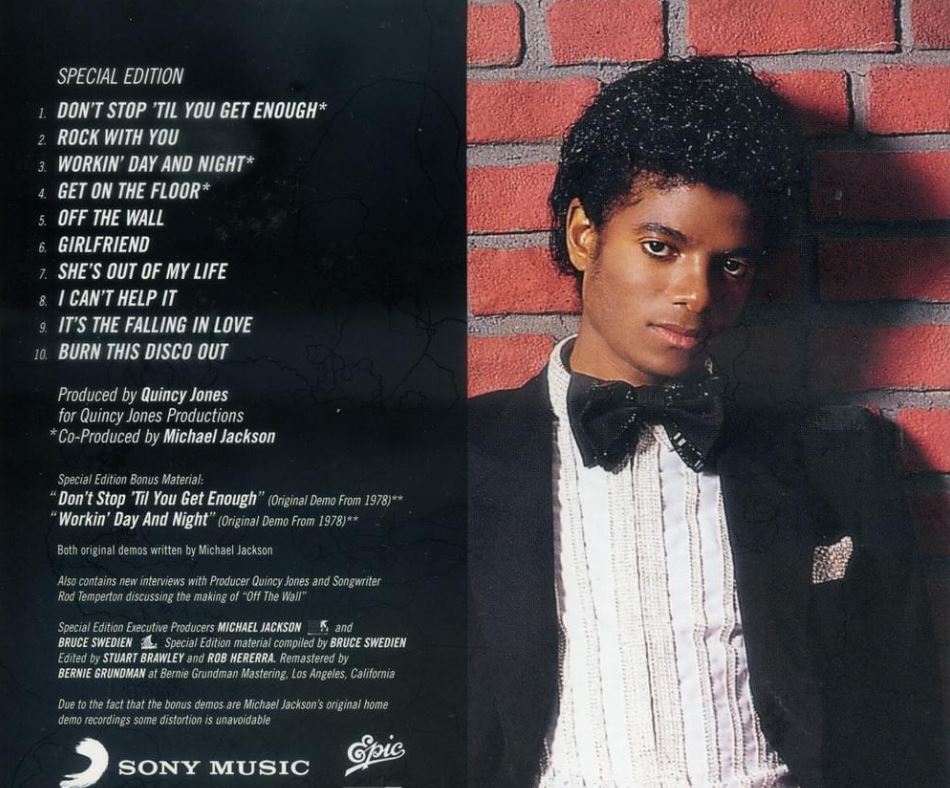
Michael’s musical influence was also evident in his role as a background vocalist for artists like Diana Ross and Stevie Wonder. His ability to enhance songs through harmonies and backing vocals not only showcased his versatility but also provided a foundation that influenced his approach to his own music, emphasizing the importance of every layer in a track’s composition.
| Collaborator | Songs | Description |
|---|---|---|
| Paul McCartney | “Say Say Say”, “The Girl Is Mine” | These collaborations blended the styles of two pop icons, appealing to a broad audience and achieving significant commercial success. |
| Freddie Mercury | “There Must Be More to Life Than This” (released posthumously) | Recorded in the 1980s but unreleased at the time, this track highlighted what was a promising partnership between two legendary artists. |
| Diana Ross | Background vocals (various tracks) | Michael provided harmonies and backing vocals, showcasing his versatility and influence on the overall production of music. |
| Stevie Wonder | Background vocals (various tracks) | His contributions emphasized the importance of each layer in a track’s composition, enhancing the songs significantly. |
Artistic Impact and Legacy
Michael Jackson’s songwriting prowess was marked by his unique ability to blend pop, rock, R&B, and a host of other genres, creating a universal appeal. His tracks often contained complex musical structures, innovative rhythms, and unforgettable melodies that became his signature. Songs like “Man in the Mirror” and “Heal the World” convey deep emotional messages that pushed the boundaries of what pop music could represent, both lyrically and socially.
His influence on future artists is profound and wide-reaching. Generations of musicians cite Michael as a primary influence in their careers. His impact can be seen in the works of artists from Justin Timberlake to Beyoncé, who not only emulate his vocal stylings and musical arrangements but also his dedication to crafting a comprehensive entertainment experience. Michael’s legacy is also evident in the way modern music videos are conceptualized, with artists seeking to replicate his cinematic approach.
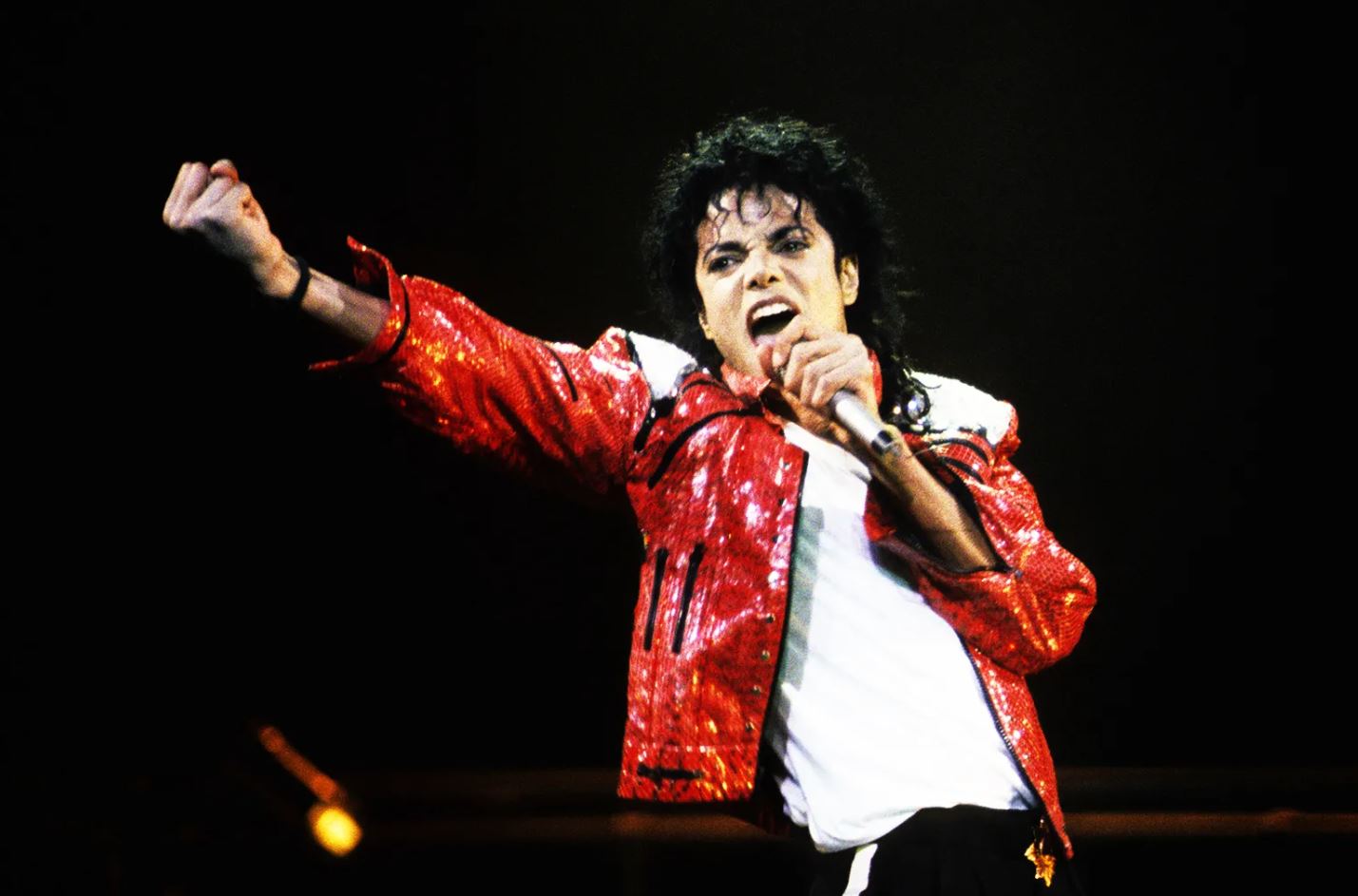
Posthumously, Michael Jackson’s music continues to enjoy immense popularity. Albums like “Michael” and “Xscape,” which were released after his death, were created using unfinished material that his estate and collaborating producers carefully curated. These releases sparked mixed reactions due to ethical concerns over the use of vocal doubles and posthumous editing. However, they also reinforced his enduring appeal, as both albums achieved commercial success and introduced his work to a new generation.
Moreover, Michael’s enduring popularity is reflected in the continuous sales of his music, the frequent use of his songs in films, television, and commercials, and the ongoing tribute shows and covers by top artists. His influence also extends beyond music into the realms of dance and fashion, where his iconic style continues to inspire.
Michael Jackson’s contributions to music were not just about entertainment; they served to inspire and provoke thought about broader social issues. His legacy is not just a collection of hit songs but a profound cultural impact that continues to influence the arts and society at large. The title “King of Pop” does not merely reflect his mastery of pop music but also his ability to touch the hearts and minds of millions around the world, making him a timeless icon in the truest sense.
| Aspect | Description | Impact |
|---|---|---|
| Songwriting | Blended pop, rock, R&B, and more. Known for complex structures, innovative rhythms, and memorable melodies. | Songs like “Man in the Mirror” and “Heal the World” expanded the scope of pop music to include deep emotional and social messages. |
| Influence on Artists | Influenced generations, including artists like Justin Timberlake and Beyoncé. | Impacted vocal styles, musical arrangements, and the comprehensive entertainment experience. |
| Posthumous Releases | Albums like “Michael” and “Xscape” used unfinished material, sparking mixed reactions but achieving commercial success. | Reinforced his enduring appeal and introduced his work to new generations. |
| Legacy in Pop Culture | Continues to influence music, dance, fashion, and the conceptualization of music videos. | Michael’s style and innovative approach to music and entertainment continue to inspire across multiple realms. |
| Cultural Impact | His music and public persona provoked thought on broader social issues. | Michael Jackson’s legacy transcends music, influencing arts and society globally. |
Michael Jackson’s unparalleled contributions to the world of music and entertainment have firmly cemented his status as the “King of Pop.” His journey from a child star performing with the Jackson 5 to a global music icon is a testament to his incredible talent, visionary artistry, and relentless pursuit of perfection. Throughout his career, Michael transcended musical boundaries with his innovative sound, blending pop, rock, R&B, and dance to create a genre uniquely his own. His ability to craft songs that resonated with audiences worldwide was matched only by his groundbreaking music videos, which transformed the music video from a promotional tool into an art form.
Michael’s influence on the music industry is immeasurable. He revolutionized the way music was produced and marketed, with albums like “Thriller,” “Bad,” and “Dangerous” setting new standards for success. These albums did not just achieve commercial success; they broke records, won countless awards, and brought new levels of fame to the music video medium. His performances, characterized by mesmerizing dance moves and stunning vocal ability, captivated millions and left an indelible mark on the world of live entertainment.
Beyond his musical achievements, Michael Jackson’s impact extends into humanitarian efforts, where his commitment to various causes set a precedent for artists to use their platforms for the greater good. His philanthropic endeavors and the socially conscious messages in songs like “Heal the World” and “Earth Song” reflected his deep concern for the planet and humanity, inspiring his fans to also think and act beyond their immediate surroundings.
Today, Michael Jackson’s legacy is as enduring as it is deep. His music continues to be celebrated, studied, and enjoyed by old and new fans alike. The enduring popularity of his catalog is evident in streaming numbers, radio airplay, and the ongoing sales of his recordings. Tribute acts, dance schools teaching his moves, and artists citing him as their primary inspiration all attest to the lasting impact of his work. His influence is seen not just in music but in the broader cultural lexicon, where his style, dance moves, and unique voice remain deeply embedded.
However, Michael’s legacy is also complex, marked by controversy and debate, yet these discussions do not diminish his artistic achievements but rather highlight the multifaceted nature of his public persona. Despite the challenges and controversies he faced, Michael Jackson’s artistic genius and humanitarian contributions continue to have a profound and positive impact on the arts and society.
Reflecting on what Michael Jackson’s music still means to the world today, it’s clear that his artistry offers a rare blend of joy, innovation, and a universal appeal that transcends age, geography, and culture. His songs have become anthems of love and unity, his dance moves a language of their own, and his influence a bridge connecting various forms of art and entertainment. Michael Jackson was not just a musical icon; he was a cultural force who reshaped the entertainment landscape and left a legacy that will inspire generations to come. The King of Pop’s crown, undeniably, remains unchallenged.

